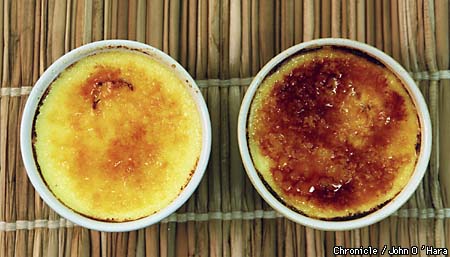I tried making Stella Parks' pecan pie recipe today, and the recipe calls for adding cold butter to caramel right as it reaches caramel stage (325°F). However for me, the fat separated as it was cooling down. I did some research on why caramel sauces separate, but have found possibly every reason you could possibly think of.
Some people say it's caused by drastic changes in temperature, so you should cool the caramel in an ice bath and have the butter be warmed. Some say it's caused by not stirring when the recipe calls for it (I did stir occasionally as it cooled down, as per the recipe), while others say separation is caused by stirring too much.
Intuitively to me, it seems that it makes most sense that separation is caused by an extreme change in temperature, which breaks the emulsion in the butter. But then it makes me wonder why recipes, including this one, would specifically call for adding cold butter immediately to the caramel.
And in terms of fixing a separated sauce, I've seen both people say to reheat the sauce while stirring, and others say to not reheat the caramel after adding butter.
Some people say it's caused by drastic changes in temperature, so you should cool the caramel in an ice bath and have the butter be warmed. Some say it's caused by not stirring when the recipe calls for it (I did stir occasionally as it cooled down, as per the recipe), while others say separation is caused by stirring too much.
Intuitively to me, it seems that it makes most sense that separation is caused by an extreme change in temperature, which breaks the emulsion in the butter. But then it makes me wonder why recipes, including this one, would specifically call for adding cold butter immediately to the caramel.
And in terms of fixing a separated sauce, I've seen both people say to reheat the sauce while stirring, and others say to not reheat the caramel after adding butter.

